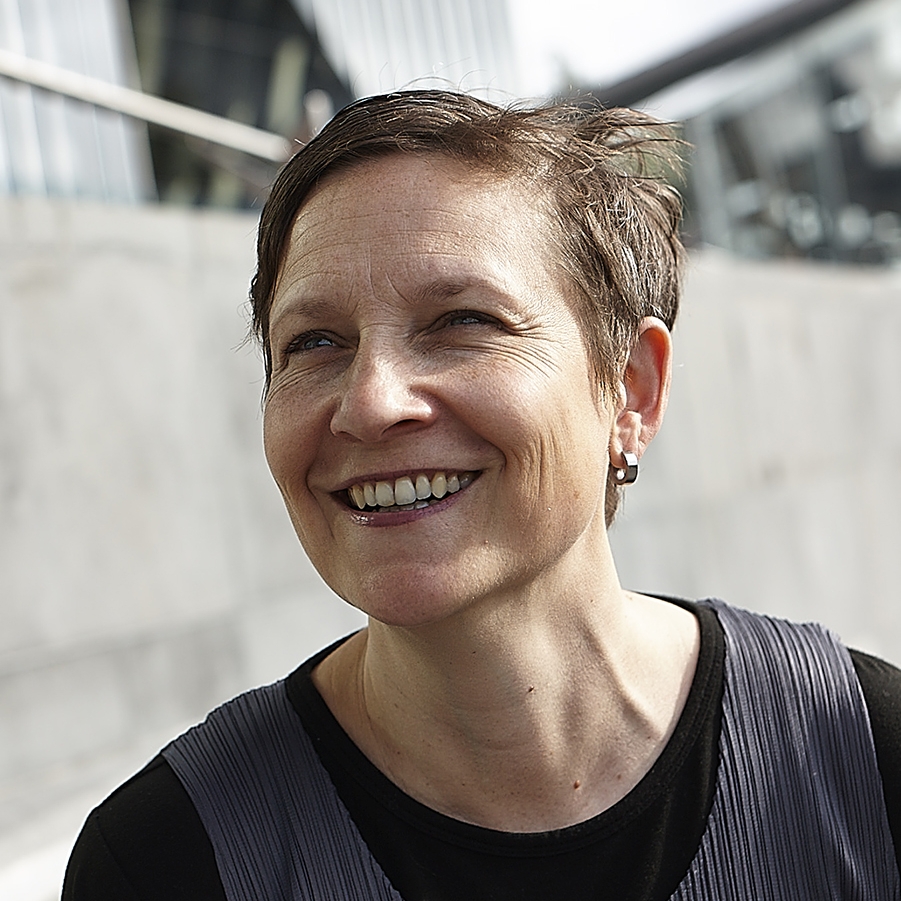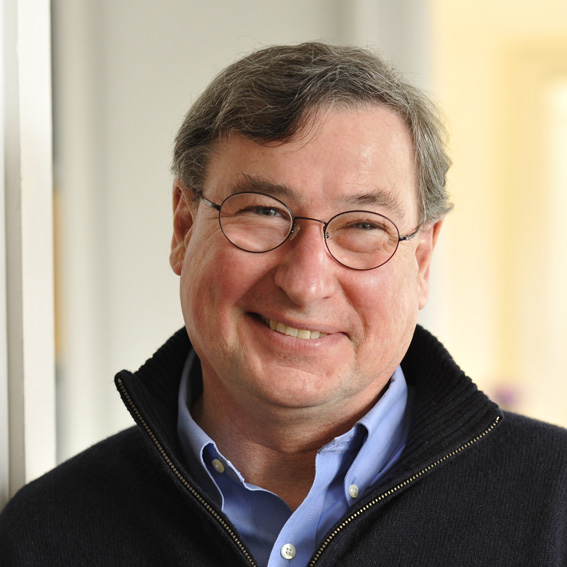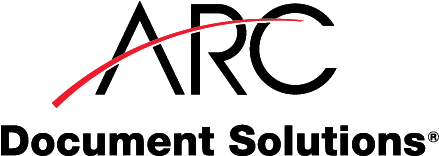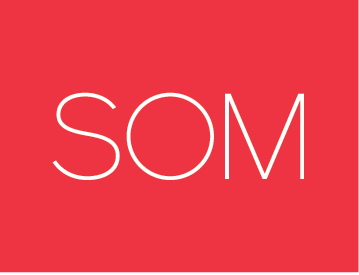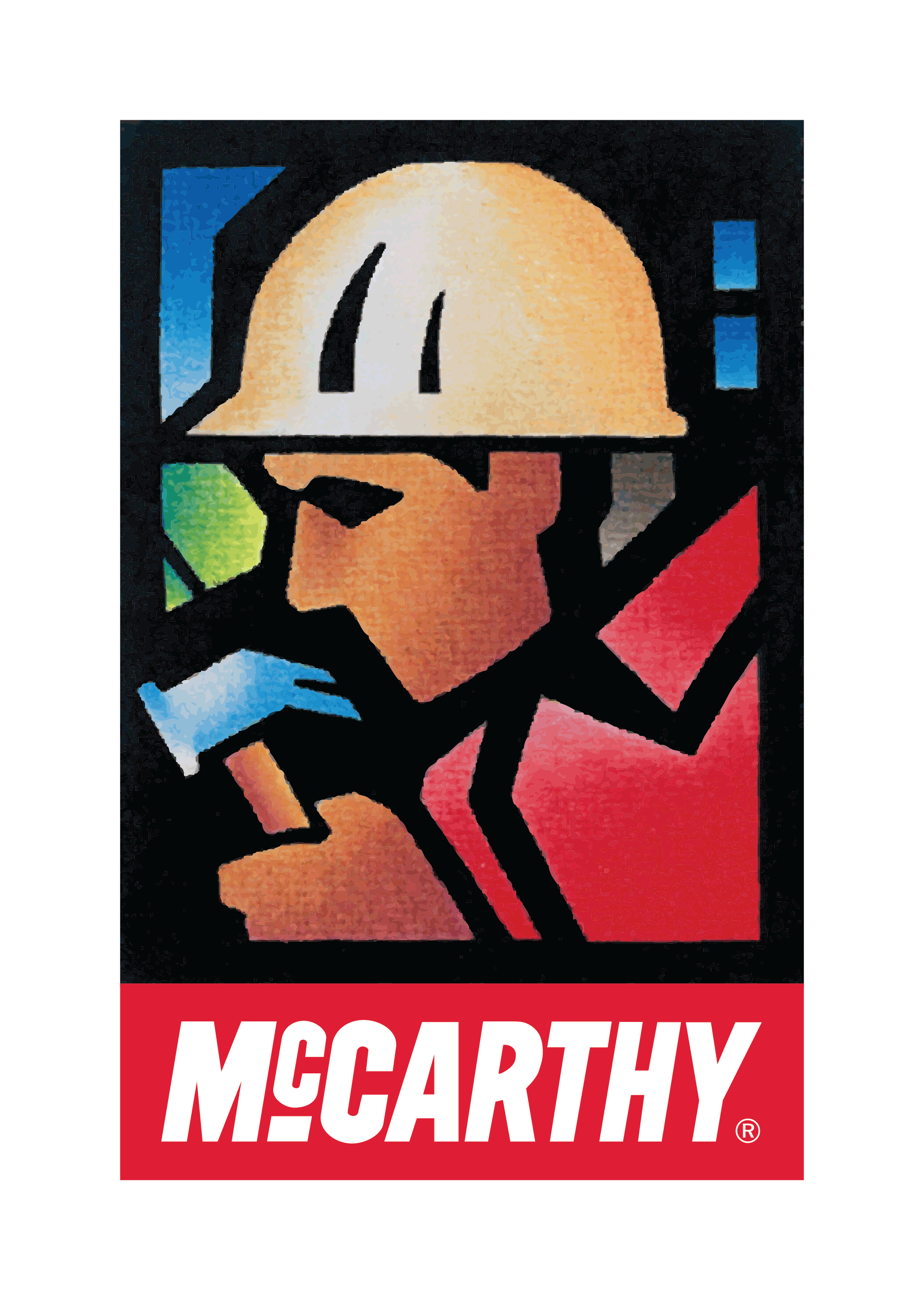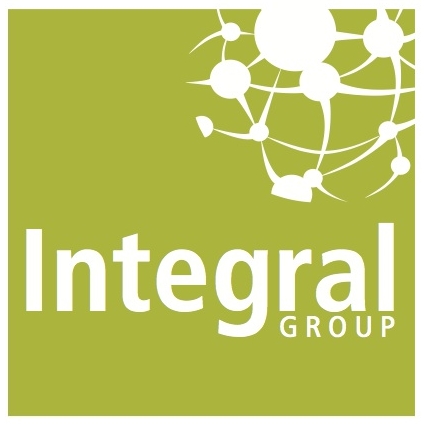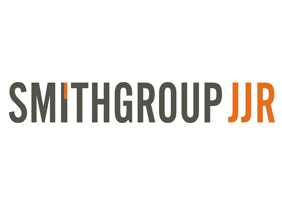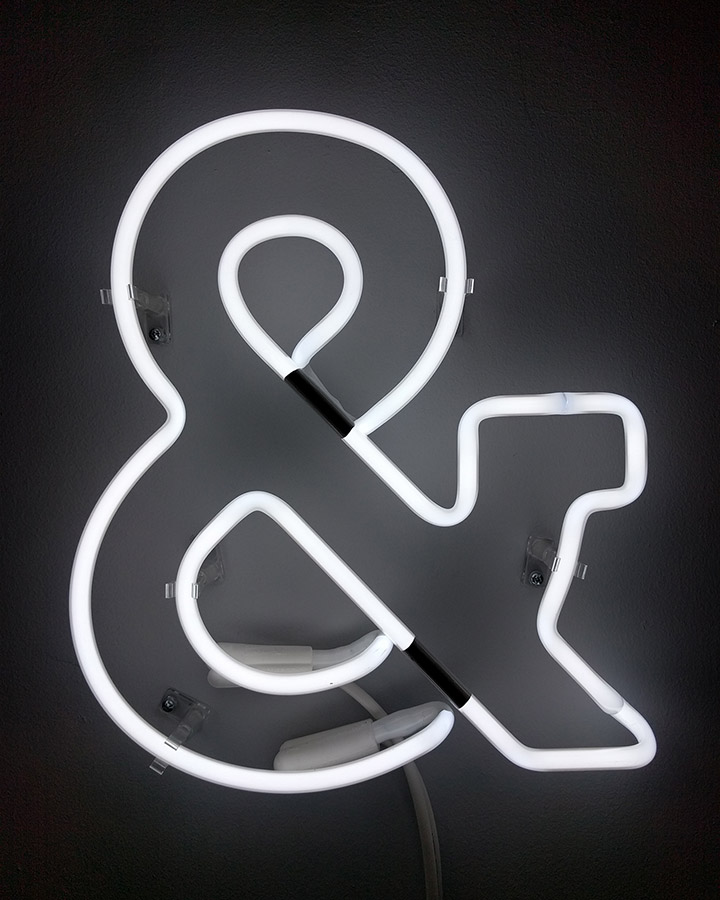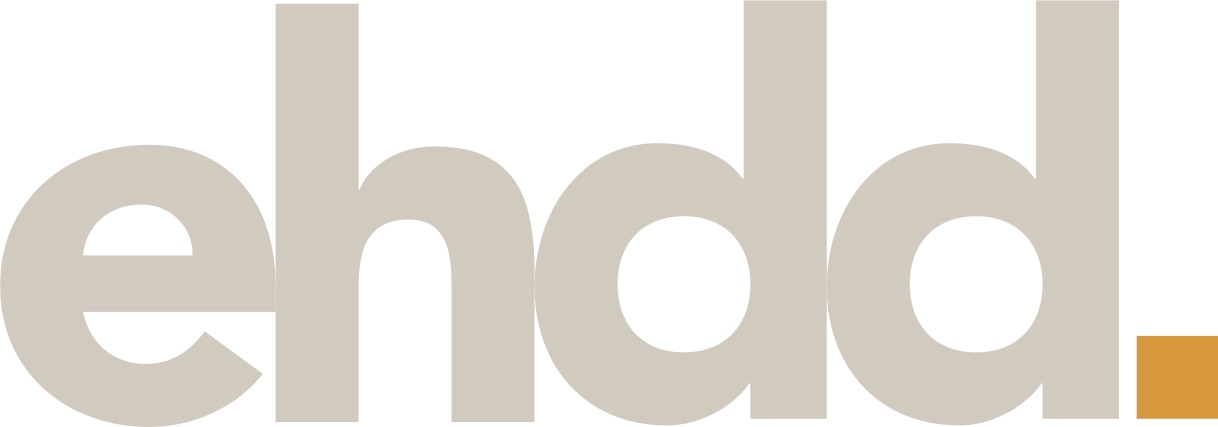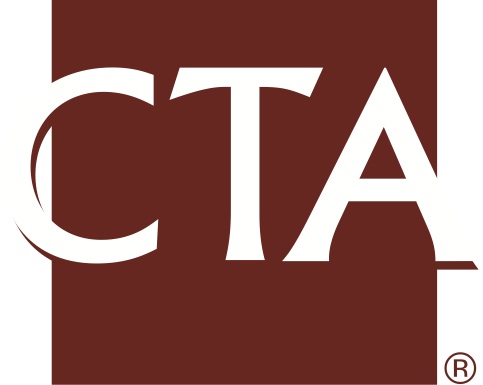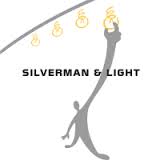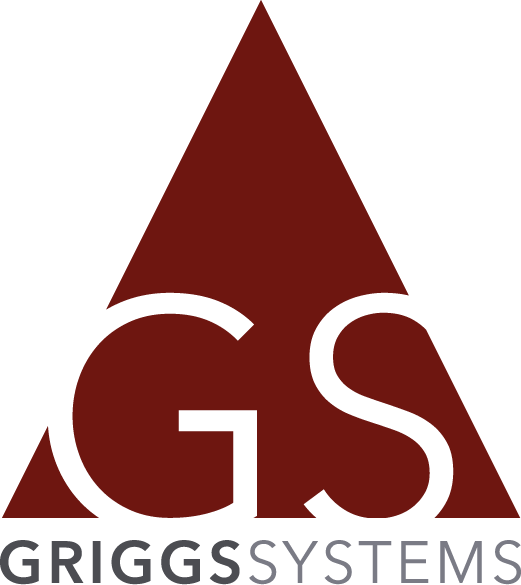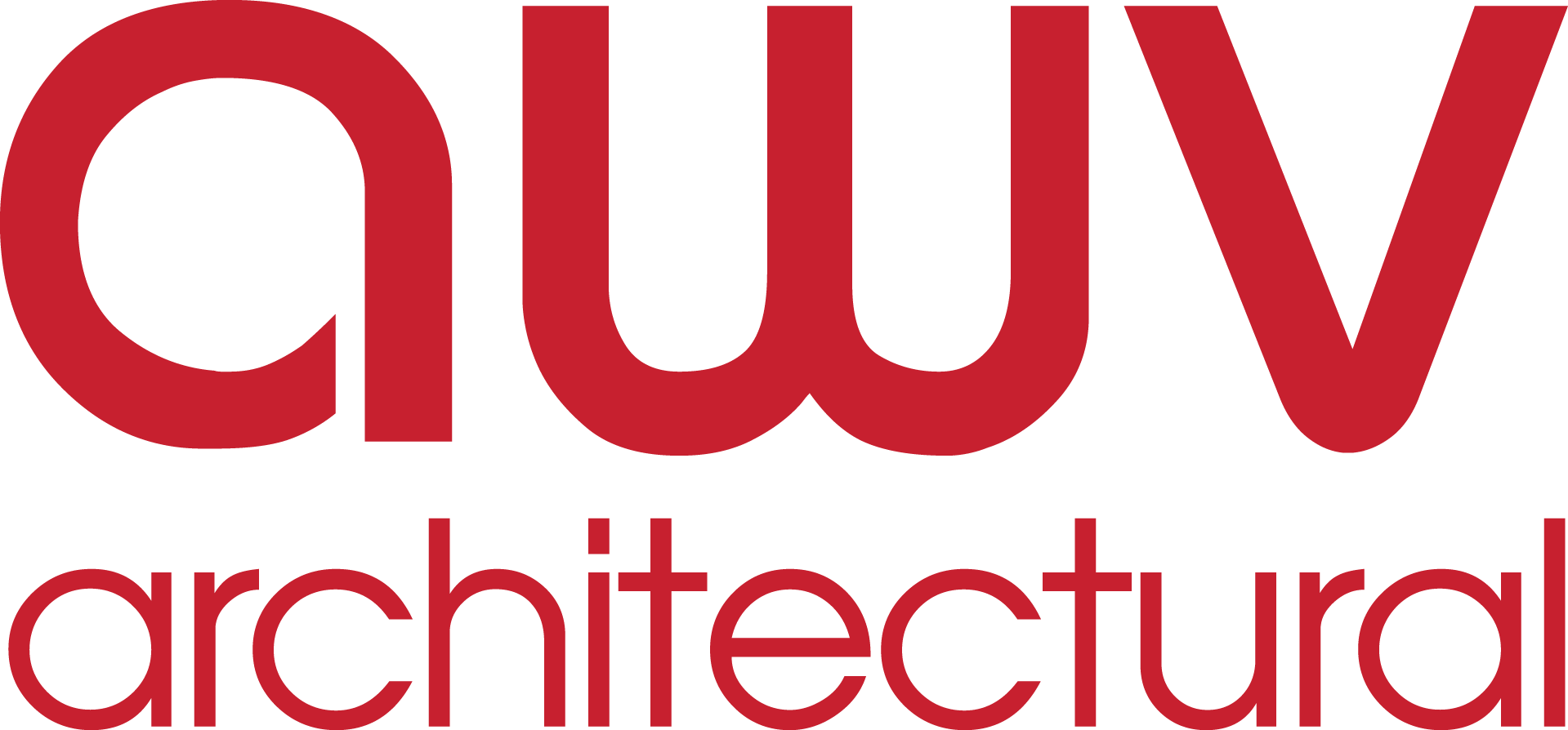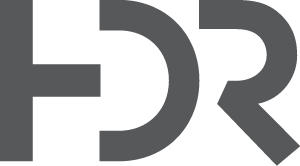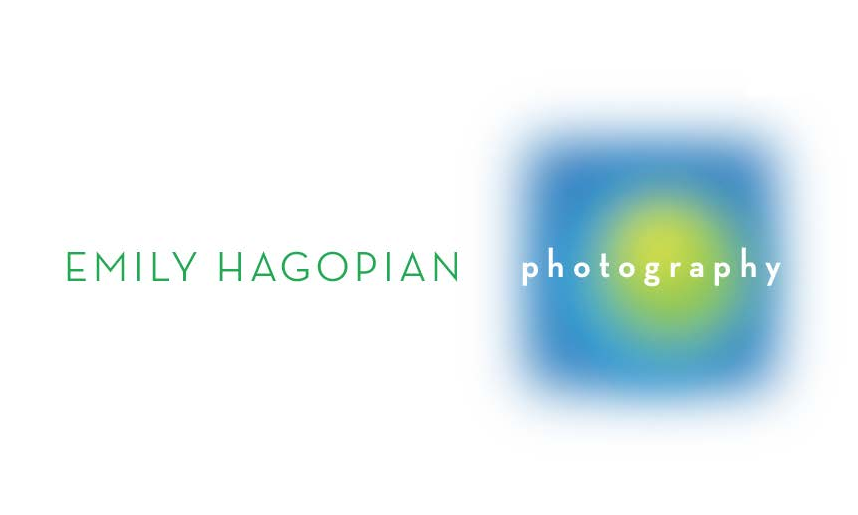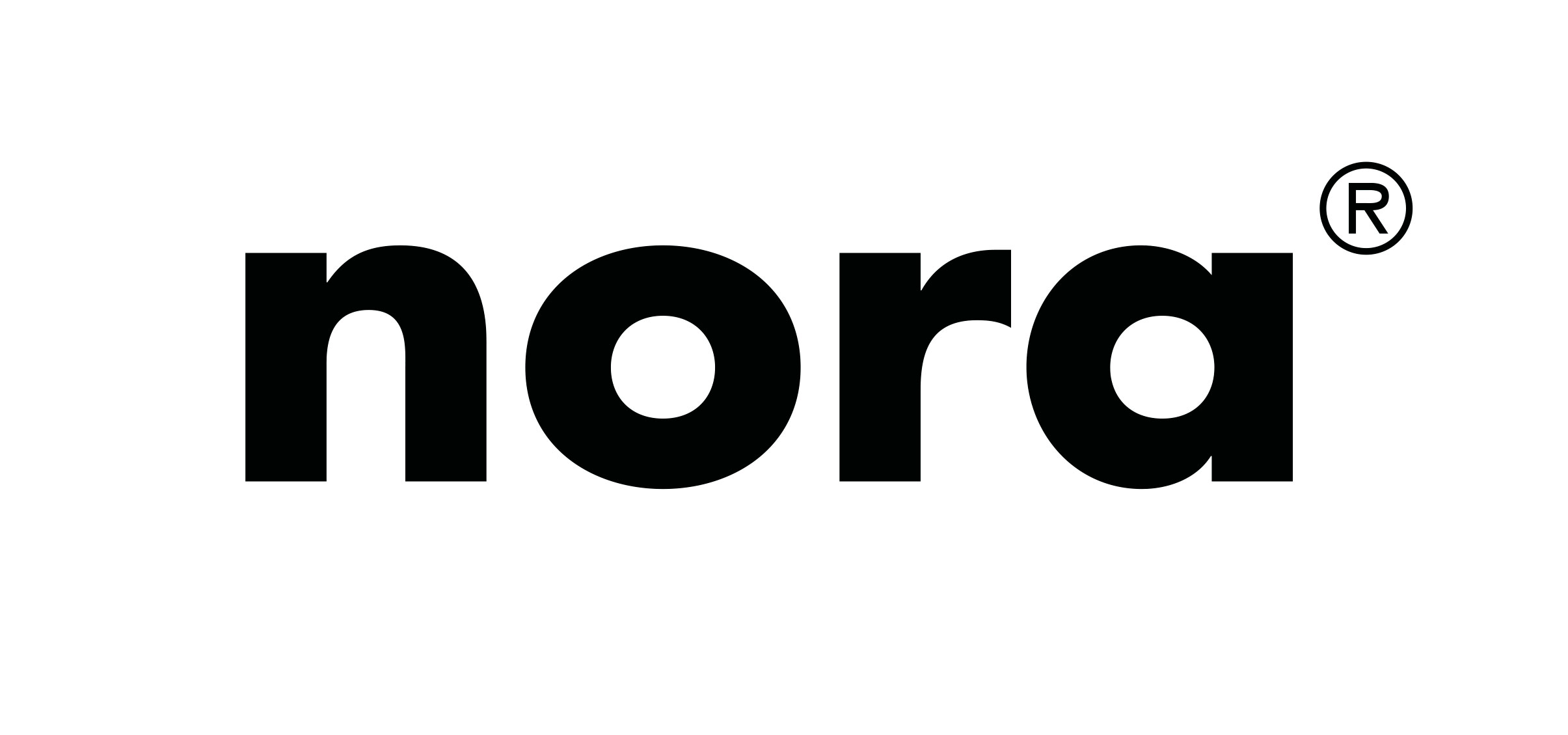by Sharon Portnoy
Sharon Portnoy is a licensed architect in California and New York and is currently a Principal Consultant at Breuer Consulting Group, which specializes in executive search for the built environment.
To be honest, I never paid much attention to the “debate” about licensure in Architecture. It’s been in the air since, well, forever, and I never gave it much thought for several reasons. For me, licensure seemed the logical next step after years of rigorous training in school and “paying my dues” as an intern. Perhaps because I was an English major in college before going on to get my M.Arch., I craved the validation of being an Architect with a capital “A”. But beyond my personal experience, we are a profession that has, first and foremost, an obligation to ensure public comfort and safety. No matter how visionary and innovative our buildings are, people need to get out of them safely if there’s a fire. Sophisticated design and the poetic use of materials mean nothing if the building is not universally accessible. And as compelling as that transparent façade looks in the rendering, if heat gain and shear strength aren’t figured into the equation, a hot summer day or earthquake could make the spaces beyond it uncomfortable at best, dangerous at worst.
Architects complain a lot about how little recognition and respect we get from the public. In my mind, what licensure says to the world is that we don’t just draw pretty pictures. We are well-versed and competent in the business of making buildings that are safe, accessible and efficient. I would not go to a doctor who hasn’t passed her medical boards; why would a client choose an architect who hasn’t displayed at least basic competence in areas of life safety, accessibility, and professional practice?
Objections? Sure. These are the ones I hear often
1. The exam says nothing about your skill as a designer.
True. But it tests your fluency with the codes and standards that you need to internalize to become a good designer. Just as a grammar test can’t predict whether you’ll be the next William Faulkner or Toni Morrison, you really should know how to construct a sentence before you sit down to write a novel.
2. It’s hard!
Yes. Yes it is. And it should be. Maybe the public doesn’t understand or appreciate the rigors of our profession, but we must. We need a basic understanding of structural and mechanical engineering, acoustics, resilience, ergonomics, accessibility, environmental impacts, economic outcomes, etc. so that we can collaborate with contractors and consultants and be effective leaders on project teams. We are the ultimate generalists and connecting all the dots is one of our greatest strengths. But doing so requires basic knowledge in a variety of areas, and our competence should be assessed and recognized. So yes, it’s hard, but we work in a challenging profession and assume a lot of responsibility. In my mind, licensure is a badge of honor that says an architect respects, values and is equal to the challenges and responsibilities that come with the title “Architect.”
3. It's time consuming!
Yup. And it doesn’t get any less time consuming the longer you wait. In fact, studying becomes more time-consuming, as the load calculations and force diagrams you learned in your Structures class in school fade further into the recesses of your memory. What’s more, life itself has a habit of becoming more time consuming as the years pass, so if you are relatively young and unencumbered by family responsibilities in your first few years out of school, get it over with! And if, by chance, you are considering licensure later in your career and are mired in mid-life responsibilities, take comfort in the fact that the exam can be taken section by section these days, and therefore broken into manageable bites.
4. It’s expensive.
Again, I can’t argue with this. Although the research suggests that licensed architects do have a financial advantage over unlicensed architects, one that grows over time, this is by no means a guarantee. But I can offer a few words of encouragement on this front. First, ask your employer to help. Many firms offer incentives for licensure, whether it’s paid time off for study time, help defraying exam costs, or a financial bonus upon achieving licensure. Make sure you know what your employer offers and take advantage of it! If your employer doesn’t have a program in place, ask them to start one. There are a host of arguments supporting the benefits to firms that have a high percentage of licensed professionals. Do some research and make your case. If that doesn’t work, get creative. Start an Indie-Go-Go campaign, or when your relatives ask what you want for Christmas, tell them you’re saving up to get your credentials and want a check --- preferably blank ☺.
So now, 20 years after I first sat for the exam, I have finally given the “debate” some thought. Yes, the exam is imperfect and so is the profession. The process is onerous and the rewards seem thin. But I can say without reservation that I have never questioned or regretted my choice to get licensed. It has served me well in the way potential clients and employers see me, but perhaps more importantly in the way I see myself. Starting as a young woman in this profession in the early 1990s, I struggled with presenting myself as a credible, authoritative professional. There was a sense among some older architects and contractors that female architects, even those with professional degrees, were somehow not to be trusted with the serious business of building. Having the title “Architect” bolstered me against these assumptions and gave me the confidence to reject them. And as hard as it is to believe that female architects still contend with implicit bias in 2015, I feel that licensure is powerful tool for countering that bias. And one final note: after 20 years of professional practice, I have transitioned to a consulting practice, which focuses on executive search for the built environment. In my new role, I talk to a lot of firm leaders and look at a slew of resumes and LinkedIn profiles. I can say that while not all employers demand licensure, without exception they prefer it. So if you want your resume to float to the top of the pile ---JUST DO IT!








